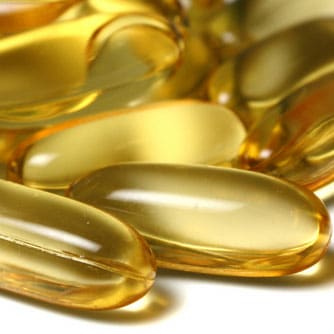In that previous studies have linked consumption of omega-3 fatty acids – found abundantly in fatty fish such as wild salmon, with beneficial effects for heart health, Northwestern University (Illinois, UJSA) researchers report that omega-3 fatty acid supplements improve heart function and exercise capacity among patients with heart failure in whom the condition has been controlled. Mihai Gheorghiade and colleagues studied a group of 130 patients with chronic heart failure due to nonischemic dilated cardiomyopathy who were on standard therapy, assigning them to receive either omega-3 supplements (2 grams daily), or placebo. The team assessed left ventricular function and functional capacity at the study’s start, and at the study’s concluding 12-month mark. After a year, those receiving the omega-3 supplement showed a 10.4% increase in heart function, compared with a 5% decrease among those taking placebo. In addition, blood oxygen levels increased 6.2% in the omega-3 patients and decreased 4.5% in the placebo patients. Also, the team observed that exercise time went up 7.5% in those receiving supplements, while it went down 4.8% in those receiving placebo. Finally, among those taking the supplement the hospitalization rate was 6% during the year, compared with 30 %for those on placebo. The researchers conclude that: “In patients with [nonischemic dilated cardiomyopathy] and minimal symptoms in response to evidence-based medical therapy, [omega-3 fatty acids] treatment increases [left ventricular] systolic function and functional capacity and may reduce hospitalizations for [heart failure].
Omega-3s Help to Boost Heart Function
Savina Nodari, Marco Triggiani, Umberto Campia, Alessandra Manerba, Giuseppe Milesi, Bruno M. Cesana, Mihai Gheorghiade, Livio Dei Cas. “Effects of n-3 Polyunsaturated Fatty Acids on Left Ventricular Function and Functional Capacity in Patients With Dilated Cardiomyopathy.” J. Am. Coll. Cardiol., Jan 5, 2011; doi: doi:10.1016/j.jacc.2010.11.017.




